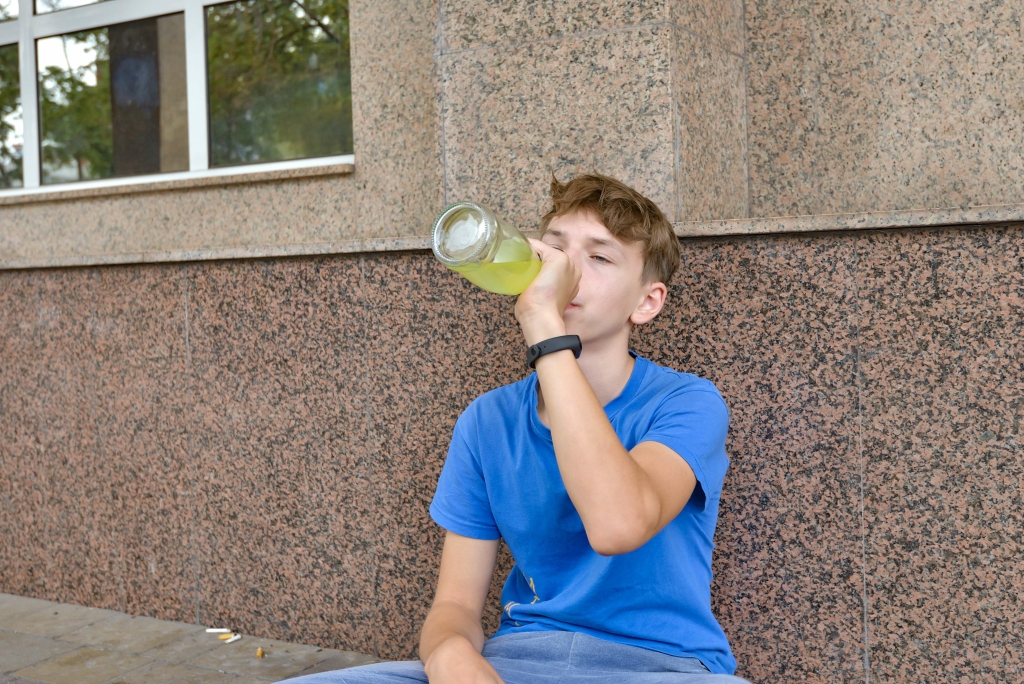Generally, the symptoms of alcohol withdrawal relate proportionately to the amount of alcoholic intake and the duration of a patient’s recent drinking habit. Most patients have a similar spectrum of symptoms with each episode of alcohol withdrawal. Alcohol inhibits NMDA neuroreceptors, and chronic alcohol exposure results in up-regulation of these receptors. Abrupt cessation of alcohol exposure results in brain hyperexcitability, because receptors previously inhibited by alcohol are no longer inhibited. Brain hyperexcitability manifests clinically as anxiety, irritability, agitation, and tremors.
How to Recognize and Manage the Symptoms of Post-Acute Withdrawal Syndrome
This syndrome can further progress to severe manifestations, such as alcohol withdrawal delirium, which poses significant diagnostic and management challenges. Mild symptoms may progress to alcohol hallucinosis, characterized by visual or auditory hallucinations that usually subside within 48 hours after alcohol cessation. Withdrawal seizures can occur in patients within just a few hours of alcohol cessation. Every year more than one-and-a-half million people in the United States either enter alcoholism treatment or are admitted to a general hospital because of medical consequences resulting from alcohol dependence. These patients, as well as a substantial number of other people who stop drinking without seeking professional treatment, experience alcohol withdrawal (AW).
What are the complications of alcohol withdrawal?
- The primary goal in managing withdrawal syndromes is to relieve symptoms and gradually taper off the substance to minimize withdrawal severity and prevent complications.
- Because of the severity and danger of alcohol withdrawal syndrome, it’s critical that someone coming off of alcohol be treated under the supervision of medical professionals.
- Some sources report that PAWS symptoms for morphine users usually start between 6 to 9 weeks after the acute withdrawal phase and persist until 26 to 30 weeks.
Still, if you’re experiencing withdrawal symptoms, it’s essential to get evaluated by a healthcare professional. Depending on the severity of your symptoms, your doctor may recommend monitoring a medical setting or at home. Health experts officially define moderate drinking as 1 drink or less per day for females and 2 drinks or less per day for males. However, if a person already has alcohol use disorder, they can help prevent some of the withdrawal symptoms by speaking with a doctor about safe withdrawal.

Signs of Heroin Addiction: Physical, Behavioral, & Psychological Indicators
Thyrotoxicosis, anticholinergic drug poisoning, and amphetamine or cocaine use can result in signs of increased sympathetic marijuana addiction activity and altered mental status. Central nervous system infection or hemorrhage can cause seizures and mental status changes. Withdrawal from other sedative-hypnotic agents causes symptoms similar to those occurring in alcohol withdrawal syndrome. Alcohol withdrawal is a term used to describe the symptoms that occur after an individual suddenly stops drinking after prolonged and heavy exposure to alcohol.
MILD SYMPTOMS (CIWA-AR SCORE LESS THAN 10 OR SAWS SCORE LESS THAN

It slows down your brain function and changes the way your nerves send messages back and forth. If you don’t already have a supportive network, you alcohol withdrawal syndrome symptoms can make new connections by joining social media communities dedicated to alcohol-free living.
- Although opioid withdrawal is considered non-life-threatening, significant complications can occur.
- Cognitive-behavioral therapy (CBT)4 is an evidence-based form of talk therapy proven to be effective in addressing alcohol use disorder and other substance use disorders.
- Many people are hesitant to quit drinking because of the thought of experiencing uncomfortable withdrawal symptoms is scary.
- Seizures can occur within 48 hours of your last drink, though they occasionally happen a few days later.
- Ideally, thiamine 100 mg should be taken (or given intravenously) before any carbohydrate load and within the first 24 hours of withdrawal onset.
- Similarly, SSRIs can be used to help people who are experiencing depression and anxiety, but not everybody responds well to SSRIs.
In some cases, AWS can be a medical emergency and — if complications arise — potentially life threatening. Alcohol withdrawal is a natural physical response your body goes through when trying to break an alcohol dependence. The body demonstrates remarkable recovery across virtually all systems following a year of alcohol abstinence. Even after years of heavy alcohol use, the liver is capable of recovering a significant portion of its mass and function. Neurotransmitter systems that alcohol has disrupted begin rebalancing. Alcohol affects gamma-aminobutyric acid (GABA) and glutamate, key brain chemicals that regulate mood, anxiety, and sleep.
- Vomiting, or emesis, is the forceful expulsion of stomach contents through the mouth.
- Support groups, like Alcoholics Anonymous and Al-Anon, offer an outlet to discuss treatment goals and challenges with other people who are in alcohol recovery.
- Alcohol withdrawal symptoms can shift quickly and violently – you can experience minor symptoms to extremely severe side effects in a matter of hours.
- Methadone, a long-acting opiate that prevents somatic withdrawal symptoms but does not cause euphoria equivalent to heroin, may be prescribed.
In the inpatient setting, nurses perform frequent assessments that inform the treatment plan. The only reliable way to prevent alcohol withdrawal is to discontinue substance abuse. However, if you’re dependent on alcohol and want to avoid more severe withdrawal symptoms, you can talk to your doctor about tapering off alcohol slowly. While most individuals with moderate to severe alcohol dependence will struggle to do this on their own, some people with mild dependence can do this effectively. That being said, it is never safe to detox from alcohol outside of a medically supervised environment, and you should never stop drinking abruptly. Nearly half of individuals with AUD who abruptly stop or reduce alcohol intake experience signs of alcohol withdrawal (1).
A post-toxicity syndrome does occur after use, sometimes termed «crack crash» or «cocaine washout.» Patients return to their baseline without intervention. This may include medications, therapy, or both and can be offered in a variety of settings, both inpatient, outpatient, or a hybrid model. Alcohol withdrawal https://avrulig.net/sober-living/mens-sober-living-in-dorchester-ma-structured-5/ syndrome (AWS) describes a broad range of symptoms a person with AUD may experience when reducing or stopping alcohol misuse. Try to remember that you don’t have to feel shame about your experience.
How Much Do I Have to Drink to Experience Withdrawal?

Recurrent detoxifications are postulated to increase obsessive thoughts or alcohol craving.5 Kindling explains the observation that subsequent episodes of alcohol withdrawal tend to progressively worsen. Alcohol use disorder can include periods of being drunk (alcohol intoxication) and symptoms of withdrawal. People having experienced alcohol withdrawal may suffer from sleep problems or minor signs of an overactive nervous system, such as fastened heartbeat, agitation, or sweats, for a few months. Total and lifelong avoidance of alcohol (abstinence) is the best treatment for those who have gone through alcohol withdrawal. Contact us today to schedule an initial assessment or to learn more about our services.
